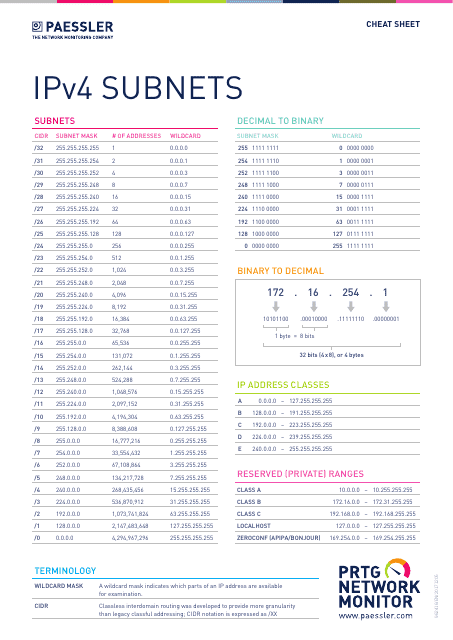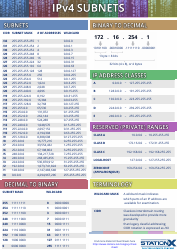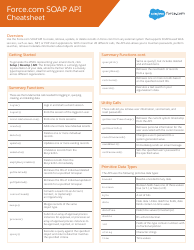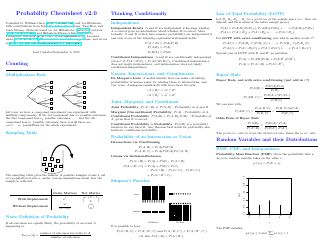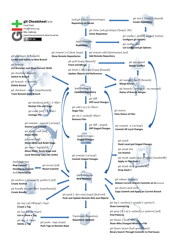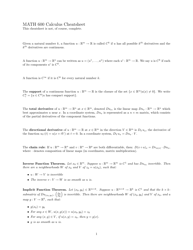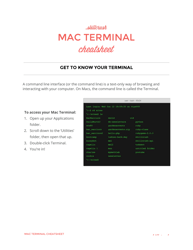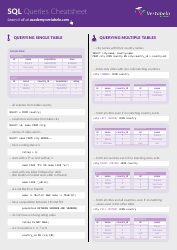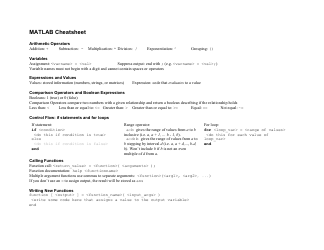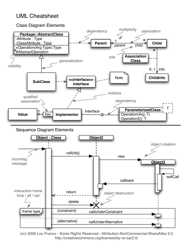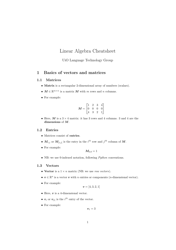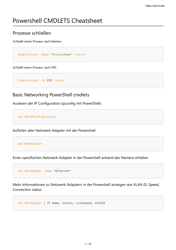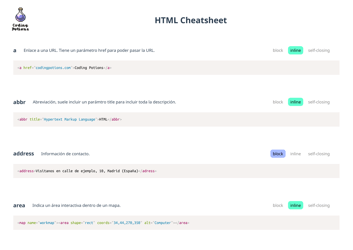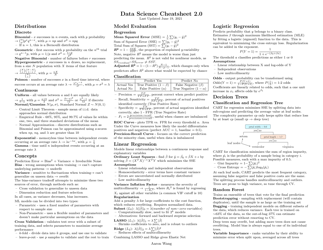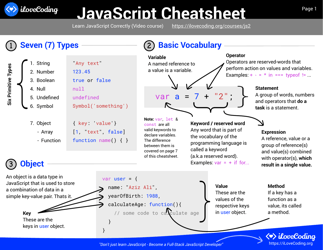Ipv4 Subnets Cheatsheet
The IPv4 Subnets Cheatsheet is a document that provides a quick reference guide for managing and working with IPv4 subnets. It includes information such as subnet masks, network addresses, usable IP ranges, and other important details for configuring and understanding IPv4 networks.
FAQ
Q: What is an IPv4 subnet?
A: An IPv4 subnet is a subset of an IP network that is used to divide a larger network into smaller, more manageable segments.
Q: What is a subnet mask?
A: A subnet mask is a 32-bit number that is used to distinguish the network portion and the host portion of an IP address.
Q: What is the purpose of subnetting?
A: Subnetting allows for better network organization, improved security, and more efficient use of IP addresses.
Q: How do I calculate the number of hosts in a subnet?
A: To calculate the number of hosts in a subnet, subtract 2 from the total number of addresses in the subnet. The first and last addresses are reserved for network and broadcast addresses.
Q: What is a default subnet mask?
A: A default subnet mask is a predefined subnet mask that is used by default for a certain class of IP addresses.
Q: What is CIDR notation?
A: CIDR (Classless Inter-Domain Routing) notation is a compact way of representing an IP address and its associated subnet mask.
Q: What are some common subnet masks?
A: Some common subnet masks include 255.255.255.0 (for a /24 subnet), 255.255.0.0 (for a /16 subnet), and 255.0.0.0 (for a /8 subnet).
Q: How do I calculate the number of subnets in a network?
A: To calculate the number of subnets in a network, raise 2 to the power of the number of subnet bits.
Q: What is the purpose of a subnetting cheat sheet?
A: A subnetting cheat sheet provides a quick reference guide for subnetting calculations and common subnet masks.
